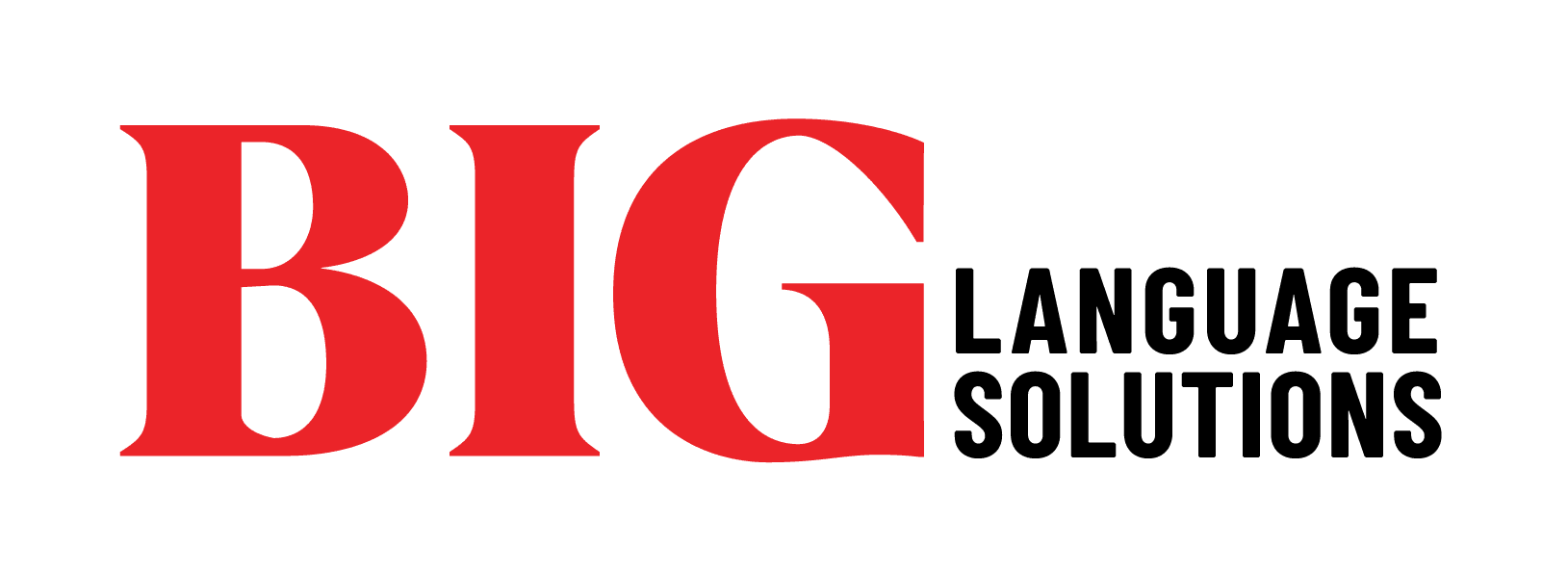Are Your Translations Directive-Ready? How Financial Institutions Can Prepare for the EU Accessibility Rules
The countdown is on. By June 28, 2025, financial institutions across the EU will be expected to meet the requirements of a sweeping new Accessibility Directive. Designed to ensure equal access to digital products and services for all consumers, including those with disabilities, the directive is especially relevant for the banking and financial services sector.
It’s not just about accessible websites. This directive covers consumer banking services, payment platforms, and digital interfaces, including mobile apps and ATMs. It mandates clarity, ease of access, and inclusive communication across the board.
For many organizations, the path to compliance will involve a fair amount of heavy lifting, especially when it comes to translation and language access. Because if your content isn’t accessible in every language you serve, it’s not accessible. Period.
Why Translation Plays a Central Role in Accessibility Compliance
At first glance, it’s easy to assume that the directive is mostly about technical requirements such as color contrast ratios, font sizes, screen-reader compatibility, and so on. And yes, those are all important. But there’s another, equally critical, yet often overlooked, dimension: the accessibility of your content itself.
Here’s the thing: it’s not enough for information to be translated into multiple languages. The quality and readability of that information, across all supported languages, matters more than ever.
According to the directive, all customer-facing communication must be “understandable” and no more complex than B2-level on the Common European Framework of Reference for Languages (CEFR). That’s an upper-intermediate level, written in plain, straightforward language.
In practice, that means your product disclosures, loan terms, and app instructions need to be easy to read and understand even in translation. Legalese, dense financial jargon, and overly technical language are all risk factors that could prevent your content from being deemed compliant.
Common Language Challenges in the Financial Sector
For organizations in banking, fintech, and insurance, translation is rarely straightforward. Your teams likely deal with:
- Regulatory language that’s difficult to simplify
- Market-specific financial terminology
- High-stakes disclosures with little room for creative interpretation
- A large volume of multilingual content to maintain and update regularly
Now layer accessibility requirements on top of that and it’s easy to see how things can spiral. You’re no longer just translating; you’re crafting content that must be understandable, navigable, and inclusive, across every customer touchpoint.
This includes:
- Website content
- Mobile banking apps
- Payment instructions
- Onboarding flows
- Customer support portals
- ATM screens
- Emails and notifications
Each of these touchpoints must meet accessibility standards and present accurate, easy-to-understand information in the user’s preferred language.
What Accessible Translations Actually Look Like
So what does an accessible translation look like in real terms? It’s a combination of:
Plain Language:
The content avoids jargon and uses simple sentence structures. For example, instead of saying “Your request for a mortgage has been declined due to insufficient debt-to-income ratio,” you might say: “We’re sorry, but we can’t offer you a mortgage because your income isn’t high enough to support the loan.”
In translation, this gets trickier. Not every language handles complexity the same way. What’s “plain” in one language may be convoluted in another. That’s why translations must be evaluated not just for linguistic accuracy, but also for readability and clarity.
Structural Accessibility:
Text should be formatted with headers, bullet points, and ample spacing. Information is broken up into digestible chunks. This isn’t just a nice-to-have, it’s essential for screen-reader users and individuals with cognitive disabilities.
In a multilingual context, formatting needs to hold up across languages that vary in length, directionality, and sentence structure. A layout that works in English might not in German or Arabic, for instance.
Compatibility with Assistive Technologies:
Translated content should be delivered in formats that work well with screen readers, text-to-speech systems, and braille displays. That means avoiding embedded text in images, using descriptive alt text, and ensuring proper markup.
Consistency and Accuracy:
You need to ensure that the same terminology is used across platforms, documents, and markets, particularly when referring to legal or financial terms. Inconsistencies can create confusion, undermine trust, or even cause regulatory trouble.
Cultural and Linguistic Sensitivity:
Accessibility doesn’t end at clarity, it also involves relevance. Imagery, tone, examples, and phrases should resonate with the user’s local context. Financial literacy varies widely by country, and cultural nuance affects how consumers engage with financial products.
Alternative Formats for Inclusive Access
Accessibility also means offering translations in formats people can actually use. That might include braille for blind users, large print for those with low vision, subtitles for video content, or sign language interpretation for live or recorded interactions. Especially in banking, where critical information like fraud alerts or account updates must be understood quickly, providing these formats ensures that all users can receive and act on your message with confidence.
It’s Not Just About Avoiding Risk — It’s About Building Trust
Beyond compliance, there’s a real opportunity here. Making your multilingual communications more accessible doesn’t just help you meet a deadline. It also improves:
- Customer trust and satisfaction: Clearer language means fewer misunderstandings and better user experiences.
- Operational efficiency: Fewer support calls, complaints, and abandoned applications.
- Brand reputation: Demonstrating inclusion and transparency builds goodwill with all customers, not just those with accessibility needs.
In a competitive and tightly regulated industry, that kind of goodwill is invaluable.
The Hard Part: Scaling All of This
Now for the reality check: doing this work across dozens of languages, platforms, and service lines can be challenging. And the directive leaves little room for flexibility. It explicitly states that content must be accessible in ways perceivable, operable, understandable, and robust.
So where do you begin?
- Do you conduct a full audit of your content?
- Do you try to train your internal teams on plain language writing in ten languages?
- Do you develop your own linguistic QA protocols?
You could… but you don’t have to.
Where We Come In
At BIG Language Solutions, we specialize in navigating precisely this level of complexity. We support financial institutions and payment providers in achieving full accessibility compliance, while delivering results with precision, clarity, and minimal disruption to operations.
We offer certified translations in over 300 languages, backed by ISO 9001, ISO 17100, and ISO 27001 certifications. Our experienced linguists are supported by advanced translation technology and rigorous quality assurance processes, ensuring accuracy and consistency across all your customer-facing content, from mobile apps and statements to compliance documentation and call center scripts.
Our teams don’t just translate, we transform your content into something that’s clear, compliant, and accessible to all, across every language you serve.
And because we understand both the regulatory landscape and the lived experience of your users, we don’t just help you meet the directive, we help you turn it into a better way of doing business.
Let’s make sure your message reaches everyone.





